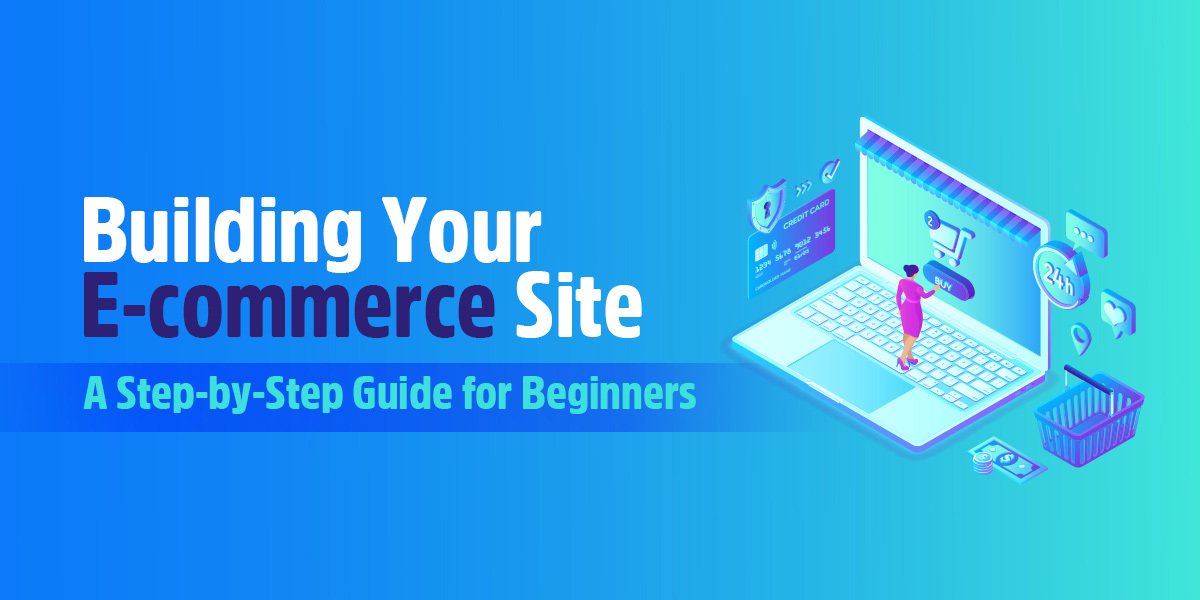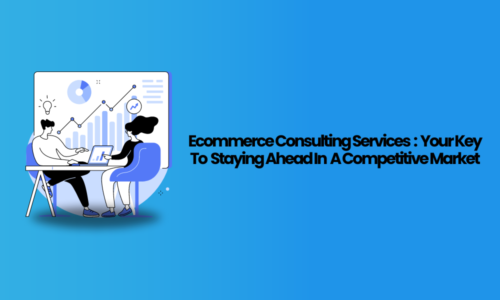Embarking on the journey of building your own e-commerce site can be an exciting yet daunting task, especially if you’re new to the world of online business. With the right guidance and a step-by-step approach, you can navigate the process seamlessly. This blog serves as your comprehensive guide, outlining each crucial step to help beginners successfully build their e-commerce site and launch it into the digital marketplace. Notably, in today’s digital landscape, individuals from all around the world can leverage platforms that allow them to create a free ecommerce website, removing financial barriers and fostering global entrepreneurship.
Step 1: Define Your Niche and Target Audience
Before diving into the technical aspects, take time to define your niche and target audience. What products or services will your e-commerce site offer? Understanding your niche and target audience is fundamental to creating a unique value proposition and tailoring your site to meet specific customer needs.
Step 2: Choose a Domain Name and Register It
Your domain name is your online identity. Choose a name that is memorable, easy to spell, and reflects your brand. Once you’ve decided on a domain name, register it with a domain registrar. Popular domain registrars include GoDaddy, Namecheap, and Google Domains.
Step 3: Select a Reliable E-Commerce Platform
Choosing the right e-commerce platform is crucial. Options like Shopify, WooCommerce, and BigCommerce offer user-friendly interfaces and a range of features. Consider your business needs, budget, and technical proficiency when selecting a platform. Many platforms also offer free trials, allowing you to explore their features before committing.
Step 4: Design Your E-Commerce Website
The design of your website plays a significant role in attracting and retaining customers. Most e-commerce platforms offer customizable templates that you can tailor to match your brand. Pay attention to the overall aesthetics, user experience, and mobile responsiveness. Ensure that your website design reflects your brand identity and makes navigation easy for users.
Step 5: Add Products and Set Up Payment Gateways
Start adding your products or services to your e-commerce platform. Include high-quality images, detailed descriptions, and relevant categories. Configure your payment gateways to enable secure and convenient transactions. Nowadays, many platforms, including many user-friendly options, offer free plans with basic features, allowing entrepreneurs from around the world to create their own e-commerce websites without upfront costs.
Step 6: Set Up Shipping and Tax Information
Establish clear shipping policies and rates for your customers. Most e-commerce platforms provide tools to set up shipping options based on location, weight, or order value. Additionally, configure tax settings to ensure compliance with local and international tax regulations.

Step 7: Implement Website Security Measures
Security is paramount in e-commerce. Protect your website and customer data by implementing SSL encryption. Regularly update your platform and plugins to patch security vulnerabilities. Familiarise yourself with best practices for password management and user access to prevent unauthorised access.
Step 8: Implement SEO Strategies
Optimise your e-commerce site for search engines to increase visibility and attract organic traffic. Utilise relevant keywords in product descriptions, meta titles, and URLs. Create a sitemap and submit it to search engines to facilitate indexing.
Step 9: Test Your Website
Before launching your site, thoroughly test its functionality. Ensure that all links work, images load correctly, and the checkout process is smooth. Test your website on various devices and browsers to guarantee a consistent and positive user experience.
Step 10: Launch Your E-Commerce Site
Once you’ve completed all the steps and are confident in your website’s functionality, it’s time to launch. Announce your launch on social media, create email campaigns, and leverage other marketing channels to drive traffic to your site.
Building your e-commerce site is a step-by-step process that requires careful planning and attention to detail. By defining your niche, choosing the right platform, designing a user-friendly website, and implementing essential security measures, you set the foundation for a successful online business. Notably, in today’s digital age, the ability for individuals from all around the world to create a free ecommerce website removes financial barriers, fostering global entrepreneurship and democratising access to the digital marketplace. Platforms have emerged as valuable tools, making the process hassle-free for business owners. As you navigate each step, remember that continuous optimization and adaptation to customer feedback are key to long-term success in the dynamic world of e-commerce.




